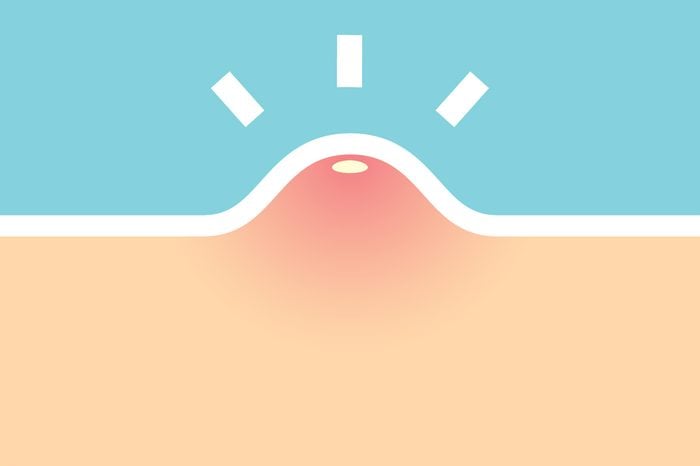
Vaginal acne is for real
Acne isn’t just something that affects your face or back. It can also show up on your private parts. Turns out, there’s a lot happening down there, which probably includes these 18 questions you’re too embarrassed to ask your gynecologist. It’s important to note the difference between vulva acne, ingrown pubic hairs, and infection. Vaginal acne occurs when pores get clogged with debris and bacteria on the outer vaginal layer.
We caught up with Kyrin Dunston, MD, a board-certified OBGYN and specialist in natural women’s health care in Atlanta, GA to learn more. Find out exactly what causes pimples in your privates and what you can do to banish them.

Address hormonal imbalance
Skin on your private parts can get acne for exactly the same reasons that facial skin can: hormone imbalance coupled with bacterial overgrowth. This type, referred to as vulva acne, will generally contain more fluid or sebum. “Making sure your female and male hormones are balanced is key,” Dr. Dunston says. “An excess of testosterone or estrogen will predispose [you] to vaginal acne outbreaks.” Good news: you can reset hormones at home. Include more hormone-balancing foods like flaxseeds, cruciferous veggies, good fats, and organic non-GMO whole soy in your diet.
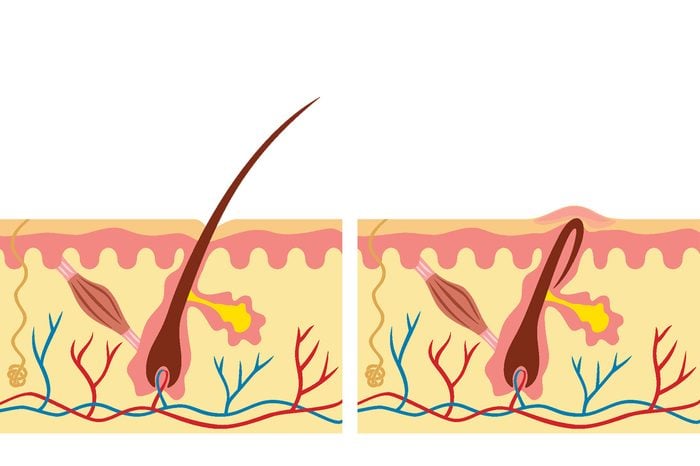
Let your pubic hair grow out
Although you may cringe at the idea of letting your pubic hair grow out, think of all the shaving or waxing-induced bumps that often result. Ingrown hairs can cause folliculitis, which according to the American Academy of Dermatology, is “a common skin infection that develops in the hair follicles,” often brought on by habits like shaving and plucking. Resist the urge to squeeze or pop bumps too; doing so can lead to an infection. (Ever wonder why we have pubic hair in the first place? Here’s your answer.)
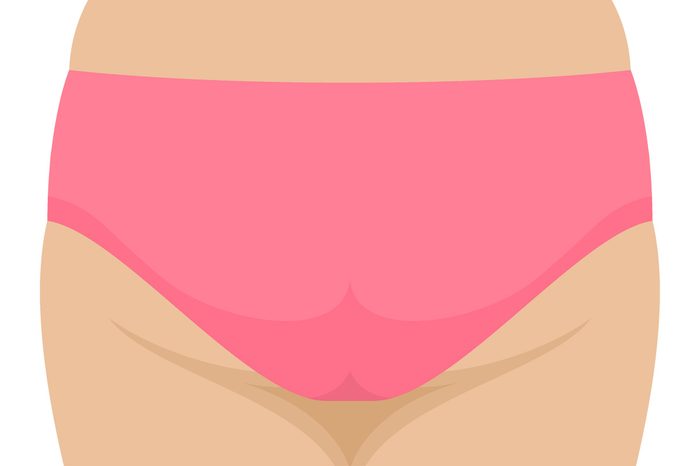
Avoid tight panties
Tight panties will work against you if you’re trying to treat acne in your private parts. According to Dr. Dunston, you should steer clear of them. “Wearing loose-fitting undergarments and no panties at night helps the area to breathe, which problematic bacteria doesn’t like,” she says. “They like it moist and wet and dark.” Unfortunately, this may also mean bidding adieu to your favorite yoga pants.
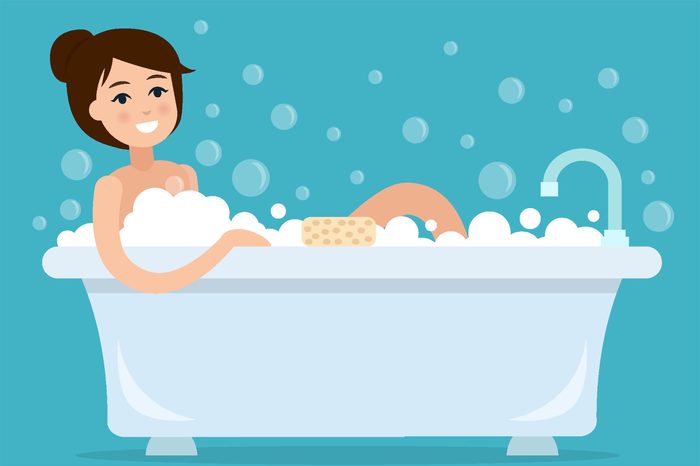
Practice consistent cleansing
Your shower habits have a lot to do with treating acne in your private parts. When you use hygiene products like body wash in your private parts, your vaginal balance can be disrupted, eventually causing irritation and vaginal acne. “Using antibacterial soaps either commercially-prepared or containing natural antibacterial like oregano or tea tree oil assists in removing potentially harmful bacteria,” says Dr. Dunston.
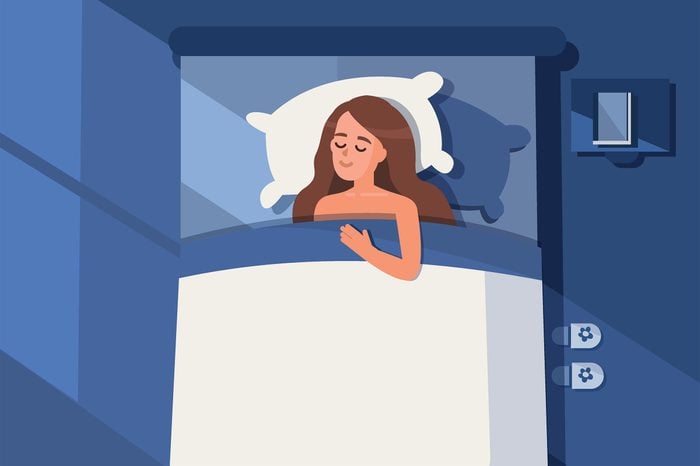
Don’t wear underwear to bed
Sweat is the leading cause of vaginal acne, and since your body tends to sweat at night, it’s the perfect time for problems to start. “Wearing loose undergarments and letting the vagina ‘breathe’ at night by going bare, will help to heal this condition,” advises Dr. Dunston. Don’t shun the idea of going to bed bare; here’s why you should stop wearing underwear to bed altogether.

Try over-the-counter medications
If your vaginal acne persists, consider treatments available in stores. “Over-the-counter acne preparations are useful,” Dr. Dunston says. But you need to keep them to only the hair-bearing areas of the vagina as opposed to the vagina, labia and clitoris where they could cause irritation.